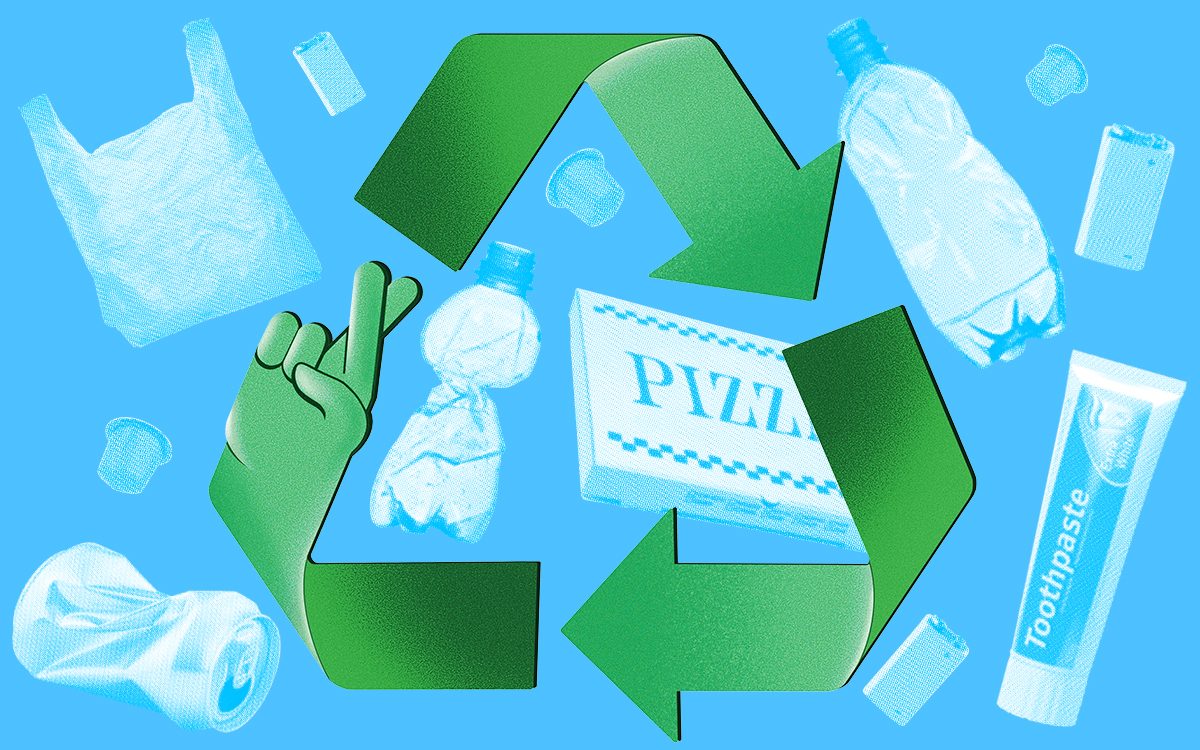Pyrolysis is an important process in chemical production.
What are the types of pyrolysis?
Pyrolysis can be categorized as low-temperature pyrolysis, medium-temperature pyrolysis and high-temperature pyrolysis based on the pyrolysis temperature. Low-temperature pyrolysis is usually carried out at lower temperatures; medium-temperature pyrolysis is usually carried out at 500°C-700°C; and high-temperature pyrolysis is usually carried out at temperatures above 700°C. Depending on the pyrolysis temperature, the objects and products of pyrolysis are also different.
Today we introduce low-temperature pyrolysis, that is, the pyrolysis reaction occurs below 500°C. Low temperature pyrolysis can be used for a variety of purposes, for example, it can deal with common household wastes, and it can also deal with biomass, such as wood, straw and other agricultural and forestry wastes. These wastes are converted into renewable energy sources such as gas and liquid fuels through low temperature pyrolysis, which realizes the effective use of resources and the sustainable development of energy.
Low-temperature pyrolysis can also treat industrial wastes, such as those from the pharmaceutical, paper and textile industries. Through low-temperature pyrolysis, these wastes can be converted into useful fuels and chemicals, achieving waste minimization, harmlessness and resource treatment.
The waste plastic pyrolysis equipment independently developed by Niutech can turn waste plastic into fuel oil through low-temperature pyrolysis technology. Through pyrolysis process, the high molecular polymers in plastics are decomposed into small molecules to produce pyrolysis oil and solid fuel. In layman’s terms, it is the process of “turning waste plastic into fuel”. This is an effective thermochemical conversion technology that can effectively convert plastic waste into useful energy and chemicals while reducing negative impacts on the environment and providing effective technical support for achieving sustainable development.
What Are The Plastic Pyrolysis Process Steps?
Feeding: waste plastics are fed into the pyrolysis reactor through a feeder. According to the different water content of plastics, there are two feeding methods: dry plastics and wet plastics. Dry plastics can be heated directly; wet plastics need to remove the water contained in the plastics first, and then close the door to start heating.
Heating: When rising to the set temperature, the cracking process begins. Generally, oil and gas will be generated when it is heated for 2 hours.
Cooling: Oil gas condenses into oil through the cooling system.
Tail gas recycling: In the process of cracking plastics, in addition to oil and gas, a part of combustible but non-condensable gas is also produced. This part of the gas can be directly recovered and used to heat the cracking reactor to save fuel.
Output of solid products: With the production of oil and gas during the cracking process, solid products are also continuously output from the reactor.
The process of waste plastics pyrolysis requires strict control of process parameters such as temperature and pressure, as well as attention to tail gas recovery and environmental protection. In addition, the type and quality of waste plastics will also affect the quality and yield of oil refining.

In short, compared with the traditional process, the pyrolysis method of waste plastics consumes less energy, the output is of higher quality and can be used in high-value applications. At the same time, carbon dioxide emissions can be reduced, and so on.
Email: contact@niutech.com
Tel:86 531 86196301


